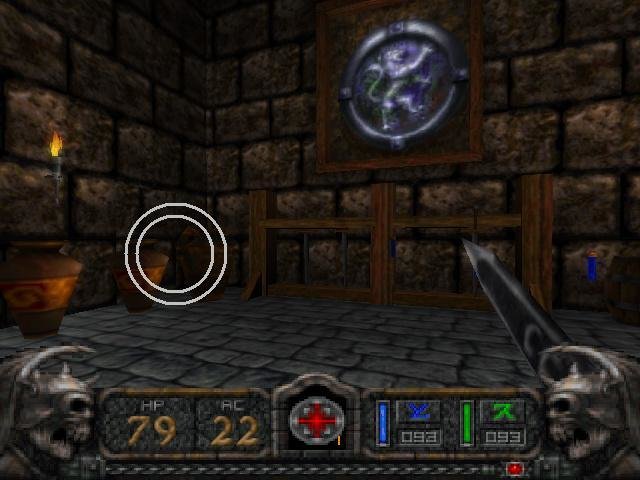

The half-life of phosphocreatine should be eliminated from your plasma within the aforementioned 16.5-hour term, whereas the creatinine may take slightly longer. Exogenously administered creatine does form metabolites including: phosphocreatine (67%) and creatinine (2%).

In other words, after 24 hours have passed since your last creatine dose, there won’t be any lingering exogenous creatine in your plasma. With this information we can calculate that 100% of exogenously administered creatine should be out of your system within 16.5 hours of your final dose. The elimination half-life of creatine is approximately 3 hours, indicating that 50% of a dose will be cleared from your plasma at roughly 3 hours post-ingestion. To determine how long exogenous creatine stays in your system after discontinuation, it is necessary to examine its elimination half-life. If you’ve recently ceased exogenous creatine supplementation due to adverse effects and/or (relatively unwarranted) concerns that it may cause kidney damage, you may be highly concerned with the duration it is likely to stay in your system. How long does Creatine stay in your system? Tolerability issues may lead users to discontinue creatine, but many will wonder how long it stays in their system after they’ve ceased supplementation. Despite numerous benefits associated with exogenous creatine supplementation, some individuals experience unwanted side effects when supplementing, such as: cramping, diarrhea, nausea, stomach pain – or even kidney damage at high doses. monohydrate) to counteract potentially deleterious neurological and muscular implications associated with low creatine levels.Ī plethora of research documents therapeutic effects of exogenous creatine supplementation including: bolstered muscular strength/endurance, cognitive enhancement, neural preservation, and mood improvement. For this reason, some individuals supplement with exogenous forms of creatine (e.g. Although creatine is not technically classified as an essential nutrient, deficient creatine levels may reduce muscular capacity, and in some cases, impair cognitive performance. It should be noted that approximately 95% of all creatine stores are concentrated within skeletal muscle tissue.ĭietary intake of meat stimulates over 50% of creatine synthesis, and as a result, individuals adhering to plant-based diets may exhibit suboptimal levels of creatine. Within the body, creatine is synthesized via the kidneys and liver, where thereafter, it enters the bloodstream and is distributed predominantly to skeletal muscle tissue. Creatine is an endogenously manufactured amino acid within vertebrate animals that functions by facilitating the conversion of ADP (adenosine diphosphate) to ATP (adenosine triphosphate), which in turn, delivers energy to cells throughout the body.


 0 kommentar(er)
0 kommentar(er)
